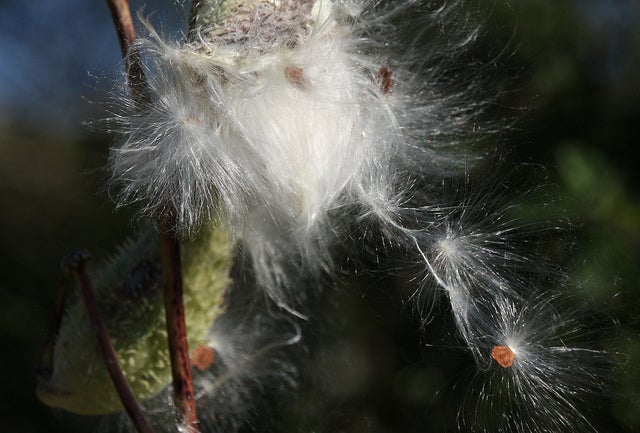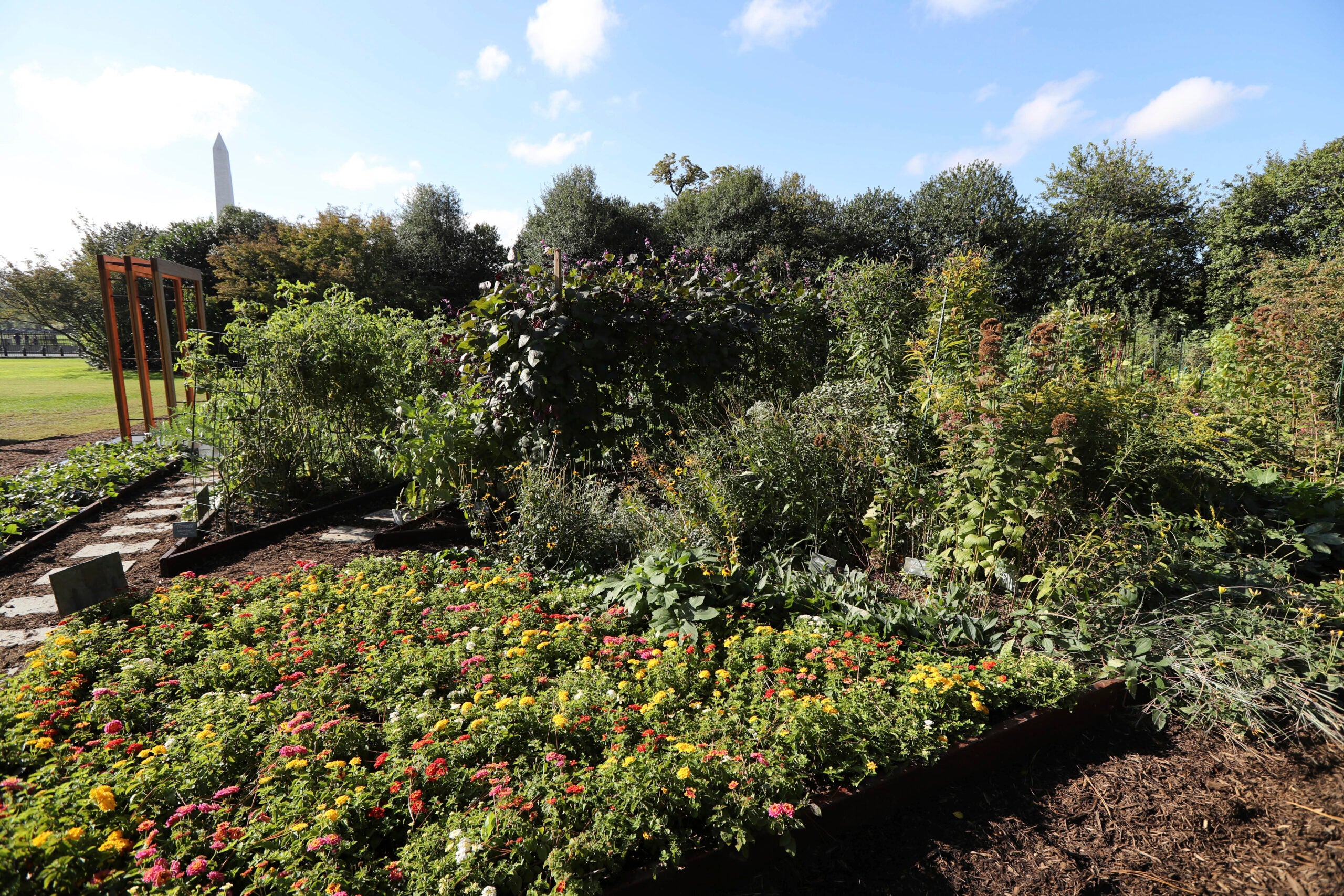On today’s edition of Garden Talk, Larry Meiller learns the hows and whys of seed saving. Plus, what fall garden clean-up is important for a healthy growing season next year.
Featured in this Show
-
UW Horticulturalists Offer Tips On Seed Saving
Seed saving and collecting is a fun way to expand the variety and number of plants in a garden, but for the novice who has never tried saving seeds from fruits, vegetables or flowers, the idea might seem daunting.
Christy Marsden, horticulture educator for University of Wisconsin Extension in Rock County, said she has been saving seeds for years and she has some tips and tricks. She said gardeners save seeds because “particular varieties are no longer commercial available or are hard to find and (they) can have unique stories.”
Saving seeds can also save money and helps preserve genetic diversity, she said.
Marsden recommends that beginners start with heirloom varieties of lettuce, tomatoes or beans. It’s important to plan ahead when planting a garden, she said. If someone wants to save seeds, they should only plant one variety of each plant to avoid cross pollination. Cross pollination might lead to a new variety that might be interesting, but not very tasty.
Beginners should avoid saving corn and carrots seeds as they difficult for beginners. Barb Larson, horticulture educator for UW-Extension in Kenosha County, recommends also avoiding hybrid plants because the results are unpredictable.
Marsden suggests following the steps to save tomato seeds:
1. Start with a ripe tomato.
2. Squeeze out the juices and seeds into a cup.
3. You may want to add a bit of water depending on how juicy the tomato is.
4. Leave the cup on your counter and let it ferment for a few days. The fermentation will eat away at the sticky coating on the seeds. The seeds will drop to bottom.
5. Rinse off the seeds.
6. Let them dry.
Now, they are ready to ready to plant
For more information, download the Seed Saving Guide for Gardeners and Farmers from the Organic Seed Alliance.
Episode Credits
- Larry Meiller Host
- Judith Siers-Poisson Producer
- Christy Marsden Guest
- Barb Larson Guest
Wisconsin Public Radio, © Copyright 2024, Board of Regents of the University of Wisconsin System and Wisconsin Educational Communications Board.


